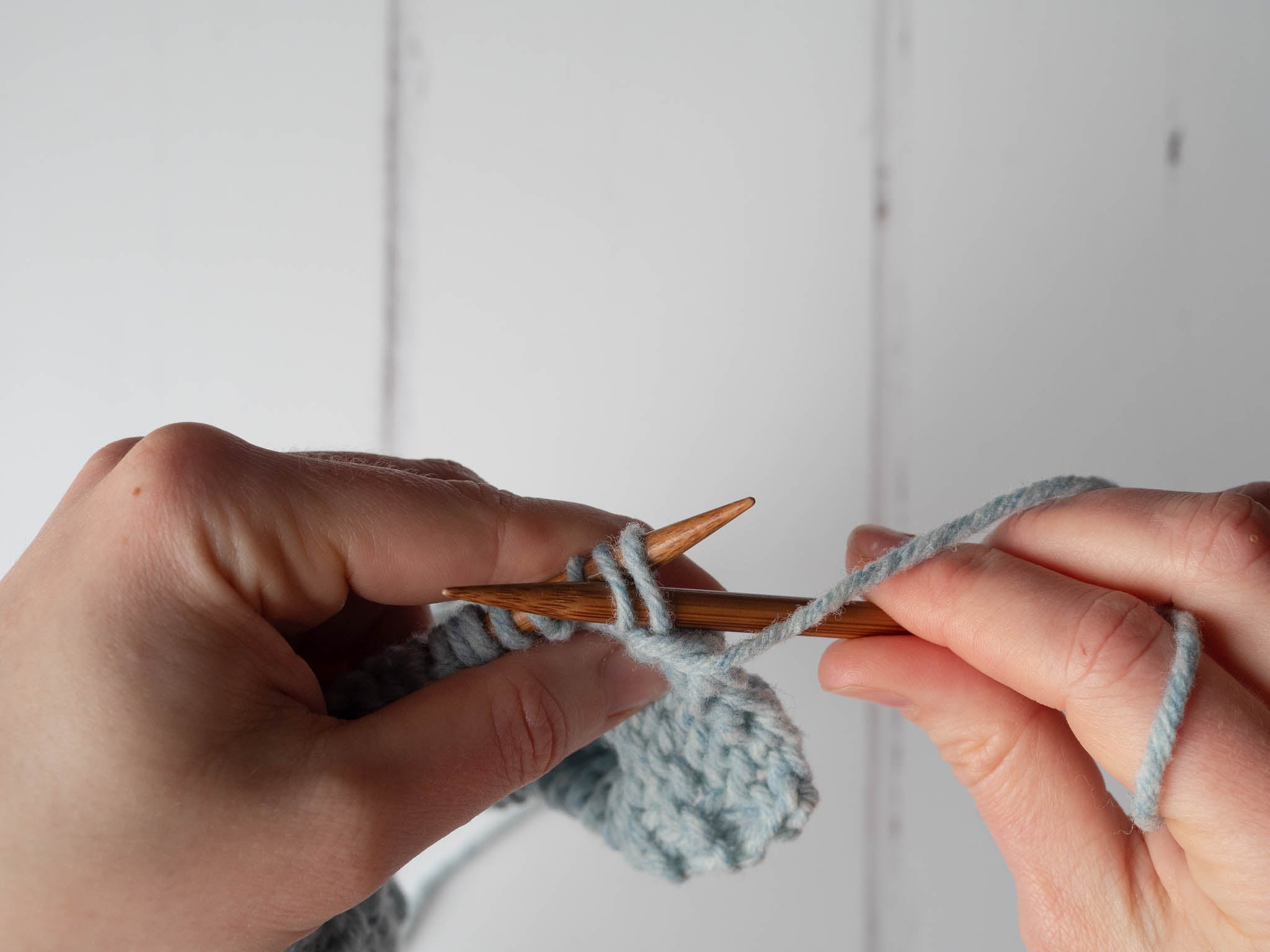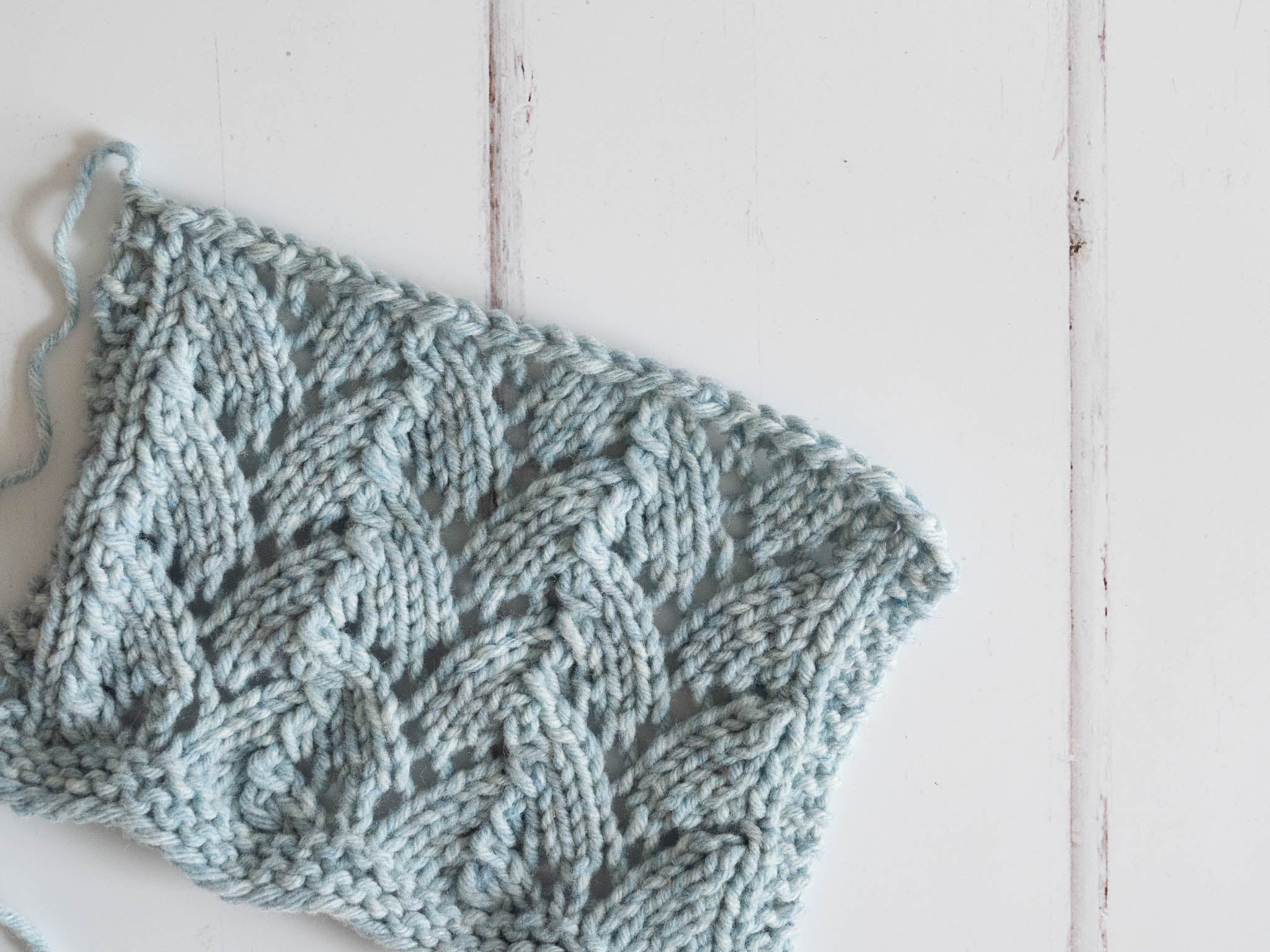Patterns
Kits
sundries
knitting tools, buttons and notions, project bags and other pleasing little things
knitting tools, buttons and notions, project bags and other pleasing little things

Exclusive Scotland needle gauge by Katrinkles

Zippered pouches in two sizes by our studio neighbour Anna Wright

keep small tools accessible with the Maker's Keep
gift 2019
Subscribe to our Colourwork Club for a gift that lasts well into the new year. Your recipient will receive a new colourwork kit in Janurary, February and March

Subscribe to our Colourwork Club for a gift that lasts well into the new year. Your recipient will receive a new colourwork kit in Janurary, February and March


Last minute shopping? Gift cards are delivered electronically - forward the email or print it for your recipient. A range of amounts are available and gift cards don't expire.


Learn to Knit: 3 Easy Stretchy Bind-offs
May 27, 2021
Do you struggle with tight bind offs? Whether you’re knitting a toe-up sock, a top-down sweater, or a lacy shawl, a bind off that’s too tight can really get in the way of enjoying your finished project! Here are 3 easy methods to work a stretchy bind-off without sewing.
Tip: If you tend to knit tightly, you may also want to go up a needle size to bind off.
P2TOG Bind-off
This purl-based bind-off is often worked from the wrong side, although it can also be used on the right side for a decorative ridge.


Step 1. Purl the first 2 stitches together (p2tog). There is now one st on the right needle.
Step 2. Slip it back to the left needle without twisting.

Repeat these 2 steps until only 1 stitch remains.
K2togtbl, K1 Bind-off
This bind-off is similar to the p2tog bind-off above, but worked knitwise through the back loops. Working an extra stitch between the decreases provides even more elasticity.


Step 1. Knit the first two stitches.
Step 2. Insert the left needle tip into the front of these two stitches on the right needle.


Knit the 2 stitches together through the back loop
(k2tog tbl).
Step 3. Knit 1 stitch from the left needle. There are now two stitches on the right needle.

Repeat steps 2 and 3 until you have 2 stitches left, then work step 2 once more.


Jeny’s Surprisingly Stretchy Bind-off
Jeny’s Surprisingly Stretchy bind-off, originally published in Knitty combines the traditional bind off with yarn overs for extra elasticity, without requiring a super long tail or sewing. Knit and purl stitches are treated slightly differently while working this bind-off.
Knit (on left)
Purl (on right)


Step 1: Knit or purl the first stitch as needed.


Step 2: If the next stitch is a knit, work a reverse yarn over, bringing the yarn over the right needle then to the back.
If the next stitch is a purl, work a standard yarn over.


Step 3: Knit or purl the next stitch.


Step 4: Using the left needle tip, catch the yarn over and previous stitch and pull them over the last stitch on the right needle.




Repeat steps 2-4 until all sts have been worked.



Video showing how to work Jeny's Surprisingly Stretchy bind-off knitwise
Using Jeny's Suprsingly Stretchy Bind-off for ribbing
This method works really well as a bind-off for ribbing, and is perfect for ribbed edges that you want to be really stretchy. It's a great choice if you're binding off a toe-up sock cuff, or as a bind-off for the neckband of a toddler sweater – you won't have to worry about getting it over their big head!


Follow the directions above, knitting the knits and purling the purls, and basing the yarn over direction on whether the next stitch is a knit or purl.
The result is a decorative edge with a slightly knotted appearance with great stretch and recovery.


Bonus tip – for a neat finish using any of these 3 stretchy bind-off methods
When you’ve finished binding off, cut the yarn. Instead of threading it through the last stitch, pull the loop of the stitch until the end pops out. That way you won't get a little "ear" that sticks out at the end of the bind-off.


Which stretchy bind-off to use?

The p2tog and k2togtbl bind-offs have the closest appearance to a traditional bind-off, while Jeny's Surprisingly Stretchy bind-off results in a more decorative, rounded edge.
Both have great stretch, and depending on your tension and the yarn used Jeny's Surprisingly Stretchy bind-off tends to be slightly stretchier.
Which you use is personal preference and may depend on your project or yarn. If you're not sure you can always try binding off a few stitches using each method on a swatch to compare.
BONUS TECHNIQUE: Tubular Bind off
For the ultimate seamless, elastic edge for your ribbed sweater edges, sock cuffs and top-down hats, try a Tubular bind off! A tubular bind off requires more forethought than the ones we covered today, but it’s worth it for the excellent result.
This sewn bind-off method essentially involves grafting the knit stitches to the purls. Learn how to work it with our step-by-step sewn tubular bind-off tutorial.
Image from Ravelry user Sawomuc
who worked a tubular bind-off
to finish the neckline of his Glenmore sweater.

Also in Journal

Deep Shadow Heel Tutorial
September 25, 2025

20 Years of Ysolda Knitting Patterns: Part 2
June 23, 2025

20 Years of Ysolda Knitting Patterns: Part 1
June 19, 2025
Recent Articles
-
Deep Shadow Heel Tutorial
September 25, 2025
-
20 Years of Ysolda Knitting Patterns: Part 2
June 23, 2025
-
20 Years of Ysolda Knitting Patterns: Part 1
June 19, 2025
-
Learn to Knit: Mattress Stitch
March 29, 2023
-
How to Knit a Scarf: A Beginners Guide to Scarf Knitting
March 23, 2023
-
Learn to knit: the long tail cast-on
February 03, 2022
-
How to Graft Your Knitting
December 09, 2021
-
Crochet Provisional Cast-on
December 02, 2021
-
Learn to knit: How to knit in the round with double pointed needles
November 25, 2021
-
Learn to knit: How to knit in the round using the magic loop technique
November 25, 2021
Free resources
-
KALS, step-by-step pattern guides and free patterns
Learn brioche with the free Daniel's Hat pattern
Tombreck - a free chevron beanie pattern
Working the brioche neck detail on the Polwarth sweater
Installing a zipper and ribbon, finishing wee Carson
Yarn colour ideas for Threipmuir sweater
Additional colourways for the Joy mitts (choose your pride flag)
How to join the shoulders on Wardie
How to join the pockets on Granton and Wardie
Finishing Resources for Granton
Broughton mittens tutorial part 1
Broughton mittens tutorial part 2
Broughton mittens tutorial part 3
Basics
Casting on
Decorative Channel Island Cast-on
Binding off
3 Easy Stretchy Bind-offs (p2tog bind-off; k2togtbl, k1 bind-off; Jeny's surprisingly stretchy bind-off)
Tubular Bind-off for brioche stitch
Increasing
Paired increase methods compared
How to continue in pattern while increasing and decreasing
Decreasing
Brioche stitch double decreases
Knitting in the round
How to Knit in the round using Magic Loop
How to Knit in the round using DPNs
Short rows
Swatching and gauge
Tips and tricks
Avoiding ears when binding off
Tighter purl stitches for neater cables and ribbing
Cabling without a cable needle
How to knit more symmetrical yarn overs
Bust darts in sweaters with all over stitch patterns
A magic formula for evenly distributing shaping
Superwash v Non-Superwash Wool
Picking up sts from the middle of the fabric
Reading knitting patterns
Understanding "continue in pattern"
Help! Where am I in my knitting project?
Using charts, even if you hate them
Finishing
Garment knitting
Joining the body and sleeves on a seamless bottom up sweater
Sizing
Ysolda’s sizing chart for knitwear designers
Inclusive garment knitting
How to pick a garment without a model for you (specifically addresses finding garment patterns when your gender identity isn't represented and the styles you want to knit might not be sized to fit your body)
How does ease affect inclusive size ranges?
Specific stitch patterns
Lace
Identifying and fixing mistakes in lace knitting
Colourwork
Getting started with stranded colourwork
Understanding colour dominance
Working stranded colourwork over small circumferences
Decreases in stranded colourwork
Holding the yarn for stranded colourwork
Ladderback Jacquard (a neat way to deal with long floats)
Cables
Cabling without a cable needle
Cabling without a cable needle on the wrong side
How to knit cabled decreases
Closed ring cable increases and decreasesBrioche
How to work brioche stitch in the round
Other crafts
Cross stitch
How to begin your first large cross stitch project
How to finish a cross stitch project with an embroidery hoop frame
Mending

Sign up today
Find out the latest news from the studio such as sales, pattern releases, and new workshops or KALs our learning community, The Knitwork. We also share helpful tips and exclusive subscriber discounts...



